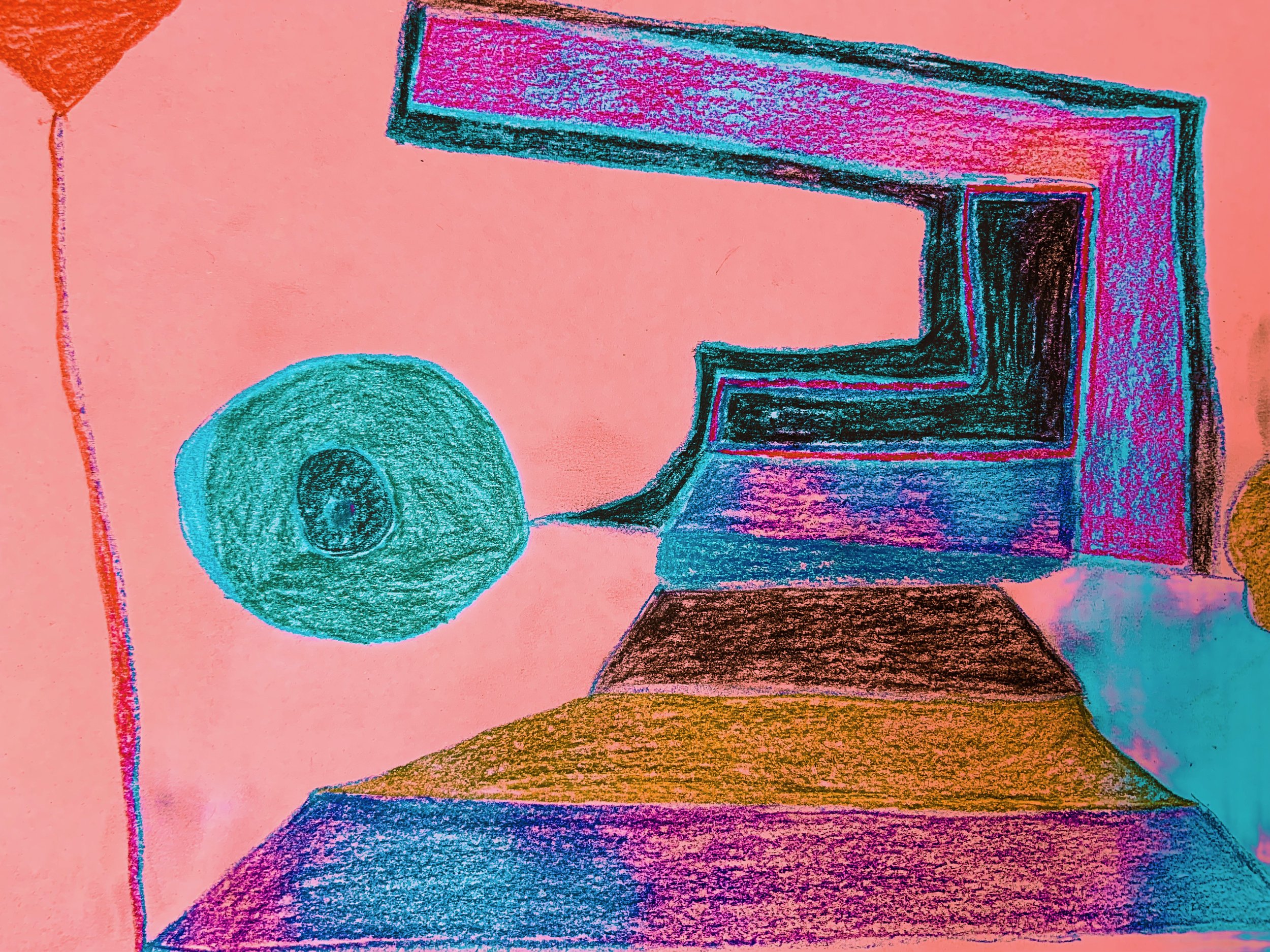CREATIVE PRESENCE
CREATIVE PRESENCE PROJECT®
The Creative Presence Project® is a unique fusion of mindfulness meditation, sound healing, and creative self-expression workshops designed to reduce stress, spark innovation, and guide you on a transformative healing journey.
With over 30 years of practice and teaching experience, I have guided hundreds of students—from business professionals and recovering opioid users to senior citizens and at-risk youth—to access their inner wisdom and cultivate lasting wellness.
This journey of self-discovery and healing is available to you, too.


